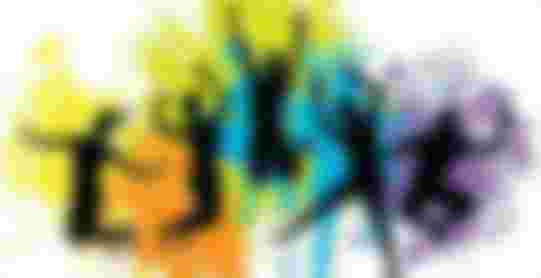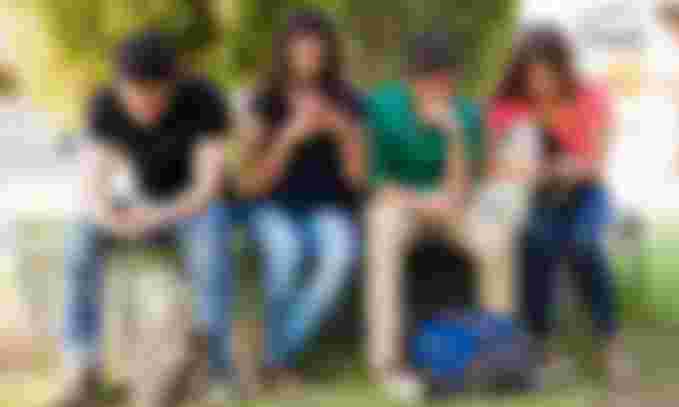
And how is that actually changing the world? "The world has receded, children no longer listen to their parents." This statement sounds trivial today, but it was also written by an Egyptian priest about six thousand years ago. A similar statement is attributed to Socrates. The problems of the generation gap certainly resonate with social change and the "spirit of the times", but the eternity of this issue, as evidenced by this statement, probably has a foothold in some fundamental processes related to the development of personality and leading to certain disagreements between young people and those they are no more. Rebellion in adolescence can lead to extremes that go beyond the legal limits of acceptable behavior.
But, yes, the world is really changing; prices are changing, borders are being redrawn, municipalities are becoming cities, jobs that were unthinkable a decade ago are now becoming irreplaceable and indispensable ... Various parts of the planet are becoming connected in ways that open previously unimagined possibilities, and people build consensus on their topics globally. Strange things happen to young people as well, because we see signs of anxiety and difficulty adjusting like never before. It is not easy to answer the question of whether this is because we pay more attention to recognizing some changes, referring to criteria that were not even on our minds before, or because young people today are different in some way - and the question is whether we are in delusions like the intellectual of ancient civilization were, or are really different because we prepare them for life in a different way. And maybe the world is really changing too fast.
If you ask psychologists today to tell you something about the challenges that young people face growing up, one of the things they will not avoid is the so-called virtual world. It is possible today to lead some version of social life without a man crossing the threshold of the house. And this parallel life is not a special substitute for the reality that humanity has known so far, and even less appropriate preparation for coping with that, let's call it "classical" reality. From entertaining and / or informative video clips (in which not quite reliable information is served), and we like them to be shorter and shorter and we even play them quickly, I guess so that we don't miss something somewhere; to pornography that creates a distorted image of such an important piece of life, while at the same time arousing signals in the brain that distort the motives for participating in real relationships.

foto: ortodonticslimited.com
In a world with which touch is made through smaller or larger screens, bare information about what exists out there is crucial. The father of American psychology, William James (1842-1910), said that each of us carries two worlds: me, and what is not me. And now that rest of the world is becoming difficult to test by touch, smell, it is difficult to assess the price of contact with the world and the experience gained by sweating. Mostly it’s just a two-dimensional image, and the cost of the experience is measured in megabytes. In this world, the notion of others is most often a make-up, a projected illusion of the real life of others. And that’s hard to keep in mind. That is why a new challenge is to compare one's own life, about which the young person still has a realistic picture, with the picture of other people's lives, which is so easy to forget that.
Life has always been hard and the world challenging. So, there is nothing so new in the world. And even if there is news, every neurobiologist will tell you that it is the brains of teenagers that are best prepared to search for and react to news.
Researchers today often approach why adolescence is an age of risky behaviors by focusing on two functional systems, one concerning the processing of motives, the so-called. a socio-emotional system, which predisposes adolescents to respond positively to novelty; and others, the cognitive system, which puts the tendency to be exposed to potentially harmful activities under a kind of control. There are different variants of looking at the relationship between these two systems [ref.], But what they have in common is that they postulate that they stand in a significant gap in adolescence. The course of development of either of the two systems alone cannot explain the specifics of adolescent behavior that we consider typical. Of course, if we were to further atomize the view of individual functions and how they develop, it is certain that things do not flow evenly. And this coincides with the intuitive understanding of the layman; everyone knows how people at different stages of life can contradict themselves whether we look at them as intellectual or emotional beings, whether we look at their motives, dreams and wills. Both life experience and science will easily agree that in that respect, adolescence is the period of the greatest transition. But what science tells us through the study of the two key systems mentioned is that it is precisely this gap that opens up the possibility of the greatest transformation. This feature is also the root of the problems that the ominous think of when they talk about the challenges that await young people today, but also the foundation that needs to be built to build the world of the future. Because of this trait, young people sometimes give priority to risky activity compared to the possible harmful consequences, which most of those who are no longer young would be wary of.
In a way, it could be said that all the challenges that a developing person faces, ultimately relate to defining one's own identity and reconciling with what the person is. In this search, which is by no means limited in time to adolescence, although it is perhaps the most obvious at the time, the role models that people follow in shaping their behavior and their value system play a significant role. After all, most of people’s lives are spent investing in relationships with others, and a small number of those relationships make up that person’s definition as well; without these "significant others" one feels "empty", "unfulfilled", "incomplete" ...
Many people, who learn about life and think about it, are inclined to think that every moment has already been seen, so they err in the wrong conclusion like the Egyptian. But life is not a circle, but a spiral; an axis, one that always goes only and exclusively in one direction - towards the future, around which we all move, is the same for both young and old. Unlike a highway, life has no unit of measure. Some will make less of those twenty marks, some more; someone will go in one direction, someone in the other. Lives are incommensurable. The only measure and comparison that young people must learn to make is with themselves. The world around us is changing, but that’s largely because people are changing it. Young people must learn not to worry about a changing world, he will take care of it himself. Their job is to find a way to participate, how to change it. Life needs to find a way to change itself, and above all to find a reason why it needs to be made better and better without delay; for someone’s smile, for a feeling that awakens a good deed, and no one has yet found a way to send it over WiFi.

